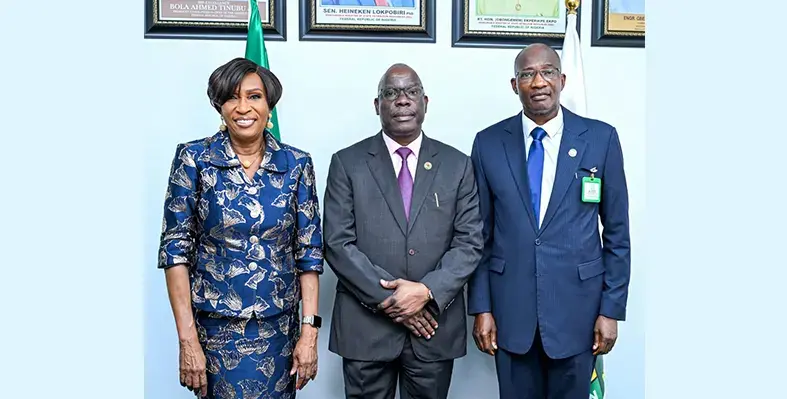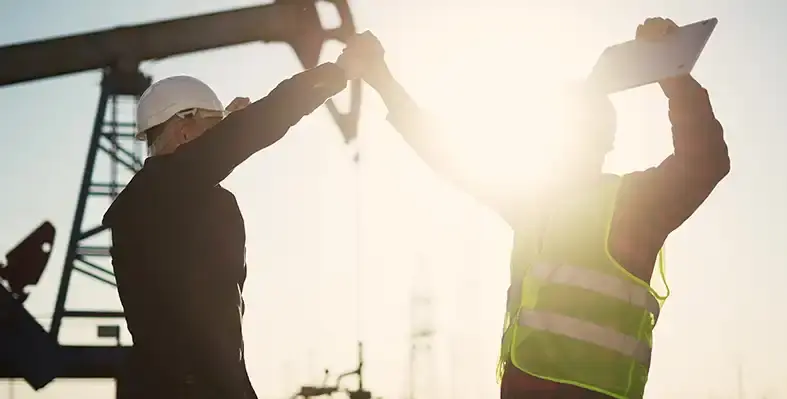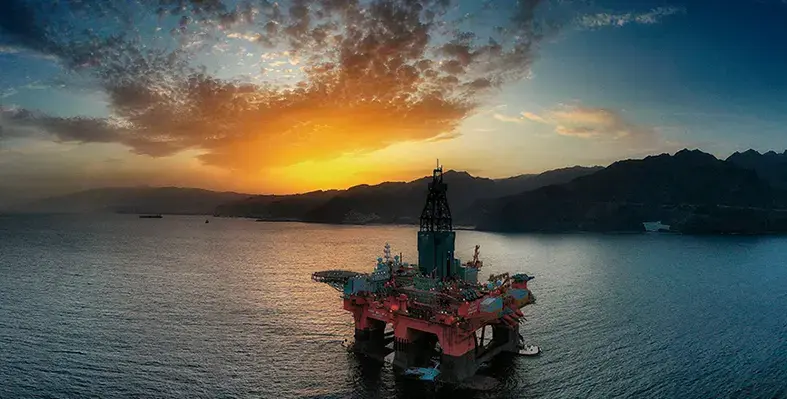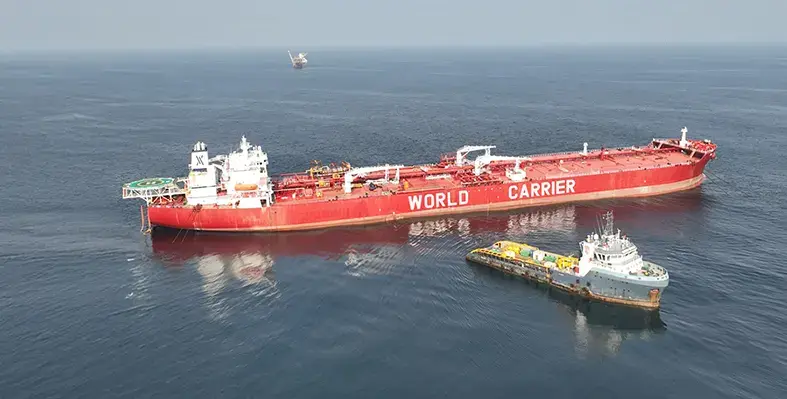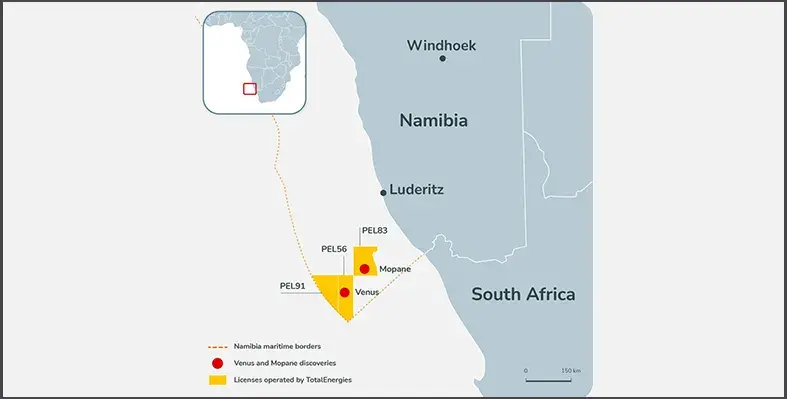The Nigerian Upstream Petroleum Regulatory Commission has pledged to make sure that the 2025 Licensing Round is conducted with utmost transparency
The Commission is dedicated to eliminating corruption from the process as its Chief Executive, Engineer Gbenga Komolafe, announced that it is a danger to Nigeria's growth and prosperity, while speaking at the International Anti-Corruption Day.
According to him, unchecked corruption can have devastating effects on the oil and gas sector because of the high stakes and substantial revenues involved. One of the most effective ways that the Commission has been addressing this is by digitalising processes to replace bureaucratic handling.
“The most compelling illustration of this reality was the Nigeria 2024 Licensing Round. For the first time in Nigeria’s upstream petroleum sector, bid submissions were conducted fully online; commercial bidding was digital and real-time.
“Evaluation processes were automated, measurable, and auditable; human interference was deliberately minimised to near-zero levels. The outcome was a bidding exercise governed by competence instead of connection, process instead of persuasion, and merit instead of influence.
“This achievement did not go unnoticed. The Nigeria Extractive Industries Transparency Initiative (NEITI) formally commended the process, verifying that the Nigeria 2024 Licensing Round was conducted free of corruption and procedural compromise,” said Komolafe.
He also called the Nigerian youth to participate in the upcoming licensing round, acknowledging their significance in advancing the country's petroleum sector.
“That is why preparations for the Nigeria 2025 Licensing Round continue under the same digital framework, unchanged and uncompromised: This continuity answers a fundamental question asked by young Nigerians, which is: Is good governance temporary or permanent? Our response is clear. Integrity at the Commission is not episodic but institutional,” he said.
Speaking of NUPRC's role in Nigeria’s development as the regulator of the upstream petroleum sector, retired appeal court justice Oludotun Adebola Adefope-Okojie said, “The NUPRC regulates the wealth of Nigeria because oil accounts for over 80% of Nigeria’s FX and 70% of government revenue. It is a gatekeeper of Nigeria’s wealth. The Commission doesn’t just process documents but destiny. With this great duty comes great responsibility.”
“With the recent announcement of the 2025 licensing round, there is an opportunity for fresh players to step forward and demonstrate their capability. The time for the youth is now. Building on the success of the 2024 licensing round, I believe it will be transparent where the younger generation, who are frustrated, will be given more opportunities to participate in the award of licenses and leases.
“I believe it should be a deliberate policy; we need to give youths a chance to participate. They have done this in the tech space. They have produced the top unicorns in Africa. They can bring in the right partners to help Nigeria’s goal of increasing oil production,” she added.



